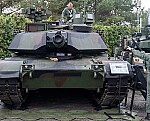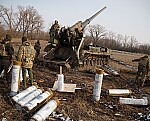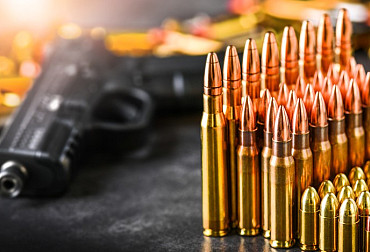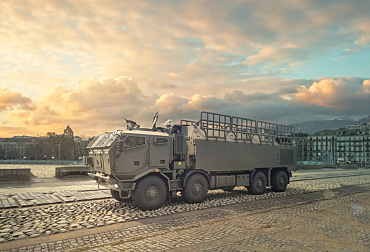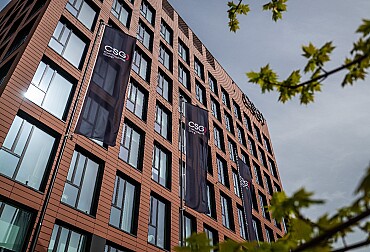Artillery ammunition remains Europe's Achilles heel
The open war between Ukraine and Russia has been going on for more than two years. Since the invasion of Russian troops, Western countries have been trying to help Ukraine as much as they can, supplying it with various types of military equipment and gear. The supply of various types of ammunition, including conventional 155 mm artillery ammunition, has been an integral part of the support. However, supplies of this type of ammunition are getting significantly thinner in Europe, which could be a huge problem for Ukraine, and for the European NATO countries as well in the future.
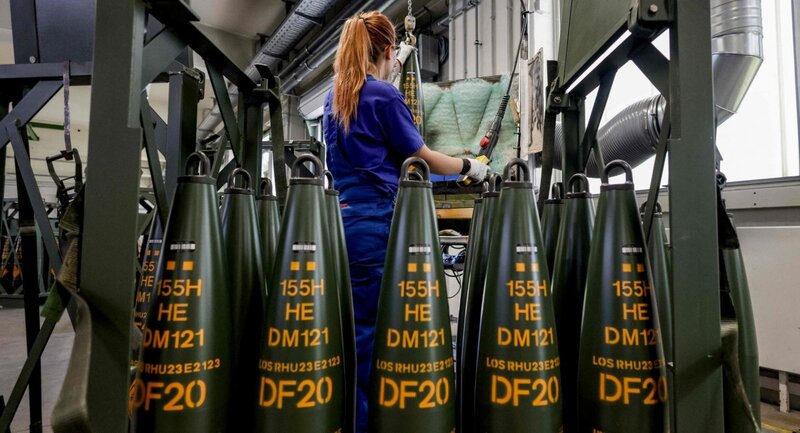
Since the very beginning of the Russian invasion of Ukraine, NATO countries and other Western states have been trying to support Ukraine as much as possible. This support includes, among other things, the supply of various weapons systems, from air defence equipment through tanks to artillery. However, it is the latter type of military equipment that Ukraine is currently unable to use to its maximum potential, due to the fact that the artillery systems lack the necessary ammunition. A notable part of the Ukrainian artillery today consists of Western 155 mm calibre howitzers. We can mention, for example, the PzH2000, Zuzana 2, Caesar or Archer systems. However, even the best howitzers in the world cannot serve their users effectively without sufficient ammunition.
Ukraine does not currently have its own industrial capacity to produce Western-type conventional artillery ammunition and must therefore rely on supplies from its partners. However, there is an even bigger problem here. Ammunition stocks in the warehouses of European countries are becoming significantly thinner, and current ammunition production capacities, despite capacity being filled to the maximum, cannot respond immediately to ongoing high demand.
In fact, the exhaustion of Western partners in relation to artillery ammunition was also mentioned in a recent article by former top military commander of the Ukrainian army Valerii Zaluzhnyi. According to a study by the Estonian Ministry of Defence from last December, Ukraine needs roughly 200,000 artillery shells per month to maintain local artillery superiority on a certain battlefield. This equates to over 6,500 shells fired per day. The European think-tank EPRS, in contrast, estimates Ukraine's daily consumption of artillery ammunition at 5,000 shells, which corresponds to the annual demand of smaller European countries before February 2022. According to the former Ukrainian defence minister Oleksii Reznikov, Ukraine would need at least 356,400 artillery shells per month to successfully conduct combat operations.
European countries have not paid enough attention to the defence industry for a long time. This is reflected today not only in the production of large-calibre artillery ammunition, but also in the production of heavy combat equipment such as tanks. In other words, it can be said that Europe did not plan to support the defence industry as one of its core industrial sectors. This unfortunate approach is taking its toll today in the form of difficulties in increasing production capacity and responding to the constant high demand for military equipment, including artillery ammunition. According to a study by the Estonian Ministry of Defence, the monthly production of artillery ammunition in Europe was around 50 000 according to available data, but this is nowhere near Ukraine's needs. Moreover, it should be kept in mind that it is not only Ukraine that needs to refill its ammunition stocks, but also the countries that have supported Ukraine from their reserves.
The fact that Europe is struggling to increase the production of 155 mm calibre artillery ammunition quickly and effectively is demonstrated by the fact that it will not deliver the promised one million artillery shells to Ukraine by the end of March of this year. According to the latest available information, this promise has been fulfilled by about 30%. Newly, European officials hope to deliver the promised number of missiles by the end of this year. The main reasons given for not being able to fulfil the promise are that European munitions companies are not very interested in producing the ammunition and that banks are reluctant to provide loans to ammunition manufacturers to finance the expansion of production capacity. According to the head of the European Defence Agency, Jiri Šedivý, European companies do not want to switch exclusively to the production of munitions for Ukraine because they fear losing their customers outside Europe, and it is not currently within the power of European ammunition manufacturers to execute orders for both sides. On top of that, as the president of the Defence and Security Industry Association of the Czech Republic (DSIA) Jiří Hynek points out, a sudden increase in production is not possible due to the lack of input materials and raw materials.
Despite the visible problems, Europe is trying to find various other ways to supply Ukraine with as much ammunition as possible. One way is, for example, the European ASAP project, which is intended to support the production of missiles, ammunition and ammunition components. A total of EUR 500 million from the European Union budget has been allocated to this project, with the aim of increasing the production of key munitions components, as well as input production materials, and reducing the delivery times for these items. One of the other, and relatively new, initiatives is to purchase ammunition from countries outside the European area and then supply this ammunition directly to Ukraine. For example, the Czech Republic and its President, Petr Pavel, have been active in this direction and recently stated that there is a possibility of supplying Ukraine with artillery ammunition from non-European countries within a few weeks, if funding can be secured together with partners in the North Atlantic Treaty Organisation. This is a courageous step that can help Ukraine significantly, but it is not a sustainable solution in the long term, and therefore it is necessary to focus, in particular, on simplifying the conditions for the production of ammunition in Europe, on supporting the defence industry as an important sector in terms of security, and also on financing defence projects.



